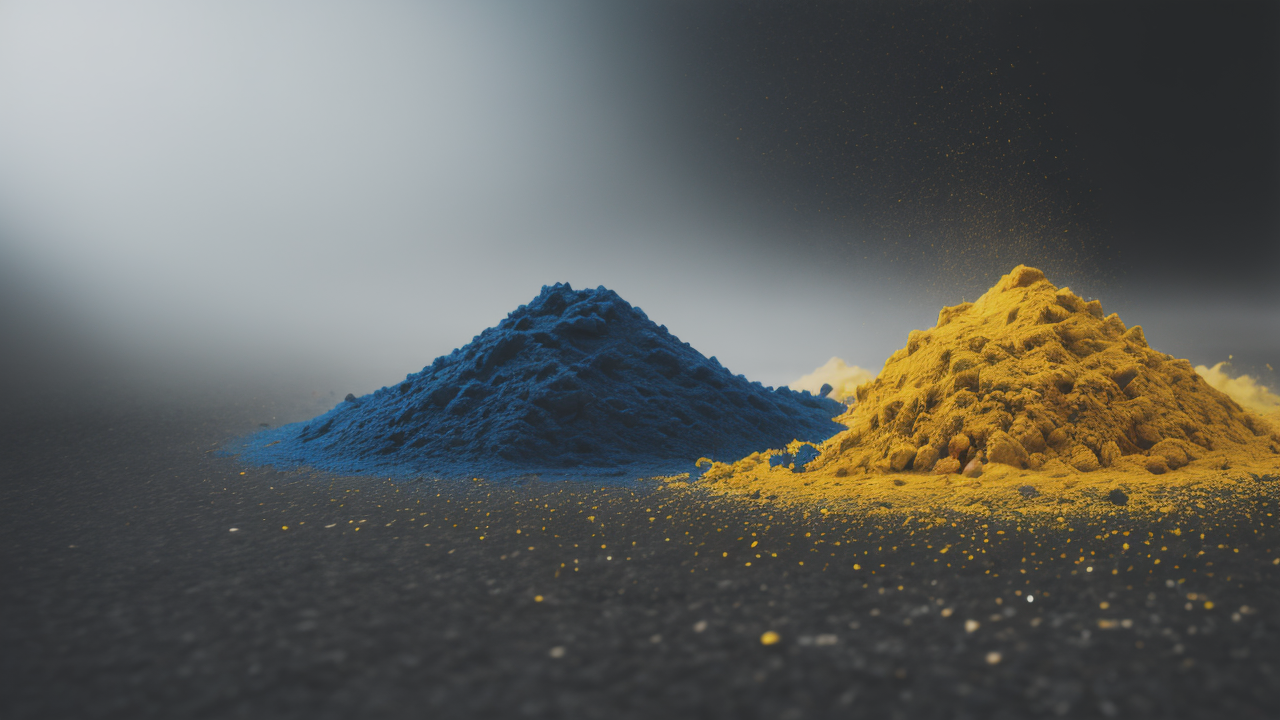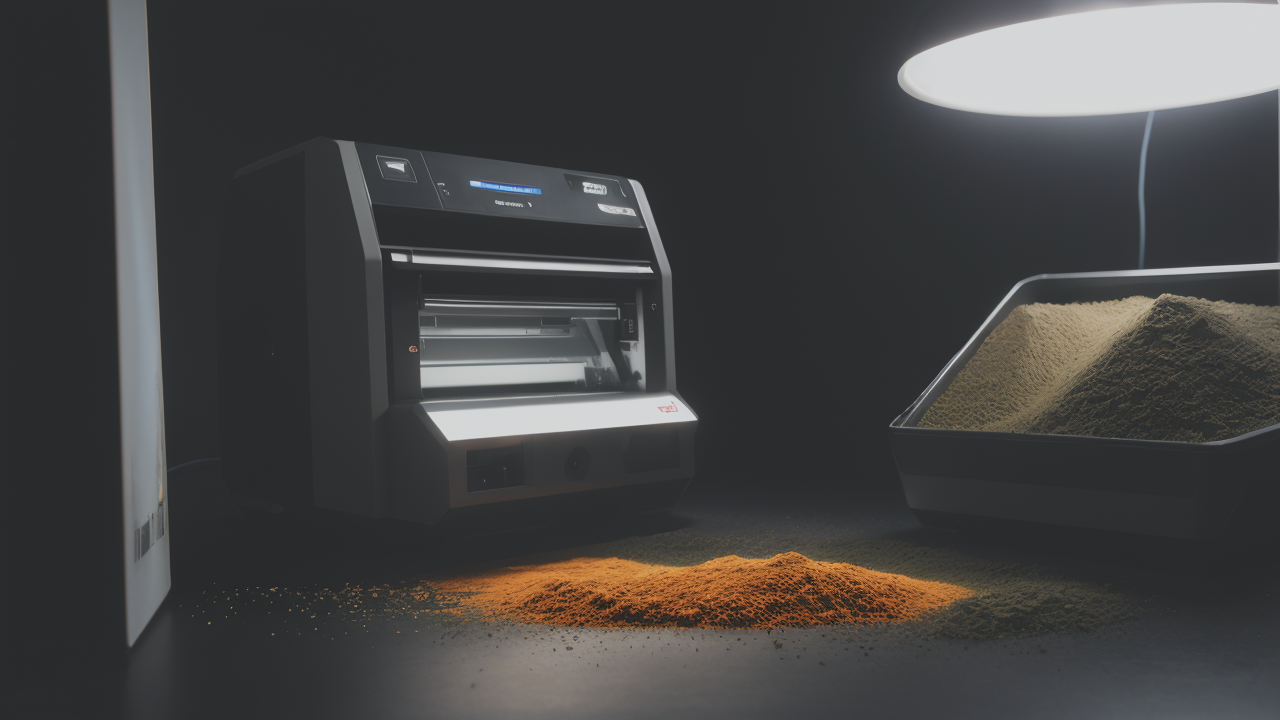
Abstract Shape Art: Redefining Modern Contemporary Aesthetics
Understanding Pigments: The Basic Science of Color in Painting
The Definition and Role of Pigments in Art
Pigments are tiny particles that give color to paint. They are the building blocks of visual art. Artists use pigments to create vibrant and lasting works. Pigments can be natural or synthetic. They come from many sources like plants, minerals, and chemicals.

In painting, pigments mix with a binder to make paint. The binder helps the pigment stick to surfaces. It also affects how the paint looks and feels. Different pigments have unique properties. Some are opaque, while others are transparent. Knowing these traits helps artists choose the right pigments.
Pigments play a big role in art history. The discovery of new pigments has changed how artists paint. For example, new blue pigments changed how artists depicted skies and water. The use of certain pigments can even help date old paintings.
The Chemistry and Physics of Pigment Particles
Pigment particles are small but complex. They interact with light in special ways. This interaction creates the colors we see. The size and shape of particles affect how they scatter or absorb light. This is why different pigments can look so unique.
Chemistry is key to how pigments work. Some pigments are simple, like carbon black. Others have complex structures. These structures affect how stable and lightfast a pigment is. Some pigments can change over time due to chemical reactions.
Physics explains how pigments create color. When light hits a pigment, it absorbs some colors. It reflects others. The reflected light is what we see as color. This is why mixing pigments can be tricky. It's not the same as mixing colored lights.
Factors Affecting Pigment Stability and Color Preservation
Keeping pigments vibrant is a big concern for artists. Many things can affect pigment stability. Light is a major factor. Too much light can make pigments fade or change color. Heat and humidity can also cause problems. They might make pigments react and change.
The quality of the pigment itself is crucial. Pure, high-grade pigments usually last longer. They resist fading better than cheaper ones. The binder used with the pigment is important too. Some binders protect pigments better than others.
Artists can take steps to preserve their work. Using good materials helps. Storing and displaying art in the right conditions is also key. Understanding these factors helps artists create works that last a long time.
Palette Selection for Artists: Harnessing the Power of Pigments
How to Choose Pigments for Different Artistic Effects
Picking the right pigments is crucial for artists. They think about many things when choosing. Color strength, opacity, and how pigments mix are all important. Some pigments are great for layering. Others work well for thick, textured paint.

For bold art, artists might pick bright, strong pigments. These make eye-catching colors. For softer looks, earth tones or muted pigments work well. They create a more natural feel. Clear pigments are good for adding depth to paintings.
Mixing pigments is an art itself. Some pigments blend nicely, making smooth color changes. Others might make muddy colors when mixed. Knowing these traits helps artists create their perfect color set. Artists often test pigments before using them in a final work.
The Historical Evolution of Pigments in Western Art
The story of pigments in Western art is long and fascinating. It shows how technology and culture have changed. Early artists used pigments from nature. These were often rare and very expensive. The lack of some pigments affected how artists painted.
During the Renaissance, new pigments appeared. This gave artists more colors to use. The creation of synthetic pigments in the 1800s changed everything. It made many colors cheaper and easier to get. This led to new art styles and methods.
Some pigments have interesting histories. Ultramarine blue, made from lapis lazuli, was once worth more than gold. The discovery of Prussian blue in the 1700s revolutionized blue pigments. These stories help us understand how art materials have evolved.
The Impact of Pigment Quality on Artwork Durability and Aesthetics
The quality of pigments affects how art looks and lasts. Good pigments give better color and stay bright longer. They don't fade as much, keeping the artist's vision alive. This is key for making art that stands the test of time.
Pigment quality changes how paint behaves too. Better pigments often have finer particles. This can make paint spread more smoothly and cover better. It can also change how the painted surface looks and feels. All these things affect the final look of the art.
Using good pigments can save money over time. They might cost more at first, but you often need less to get the same effect. They also help ensure artwork stays looking good for years to come. This is important for both artists and collectors.
Technological Advancements in Pigment Manufacturing
Innovations in Pigment Production and Their Implications for Artists
Recent years have brought exciting changes in pigment production. New tech is creating pigments with enhanced properties. These include colors that last longer and look brighter. Some new pigments even offer special effects. Others are better for the environment.

Nanotechnology is changing pigments. Tiny pigment particles can create new optical effects. They can also improve paint stability and performance. This opens up new possibilities for artists to explore. It allows for more creative and durable artworks.
Computer technology is helping make pigments too. It helps create more consistent and precise pigments. This is great for reproducing historical colors or making custom hues. Artists can now access a wider range of reliable pigments than ever before.
The Future of Pigments: Trends and Predictions in Art Materials
The future of pigments looks bright and innovative. Scientists are exploring new sources for sustainable pigments. Some might come from plants or even bacteria. These could be more eco-friendly than traditional synthetic pigments.
Smart pigments are an exciting new development. These pigments can change color in response to external factors. They might react to temperature, light, or even electrical currents. This could lead to dynamic, interactive artworks.
3D printing might change how we use pigments too. It could allow for very precise color placement. This might enable new techniques in painting and mixed media art. The combination of technology and art is opening up new creative possibilities.
The Role of Pigment Technology in the American Art Industry
Pigment technology plays a crucial role in the American art industry. It affects everything from fine art to commercial design. Advanced pigments allow artists to push creative boundaries. They also help manufacturers produce high-quality art supplies.
The U.S. market drives innovation in art materials. There's a growing demand for eco-friendly and non-toxic pigments. This has led to the development of safer alternatives to traditional toxic pigments. It's changing what artists use and how they work.
Pigment technology also impacts art conservation in America. New pigments and binders help restore and preserve valuable artworks. This ensures that America's artistic heritage is protected for future generations to enjoy. It's a vital part of preserving cultural history.


